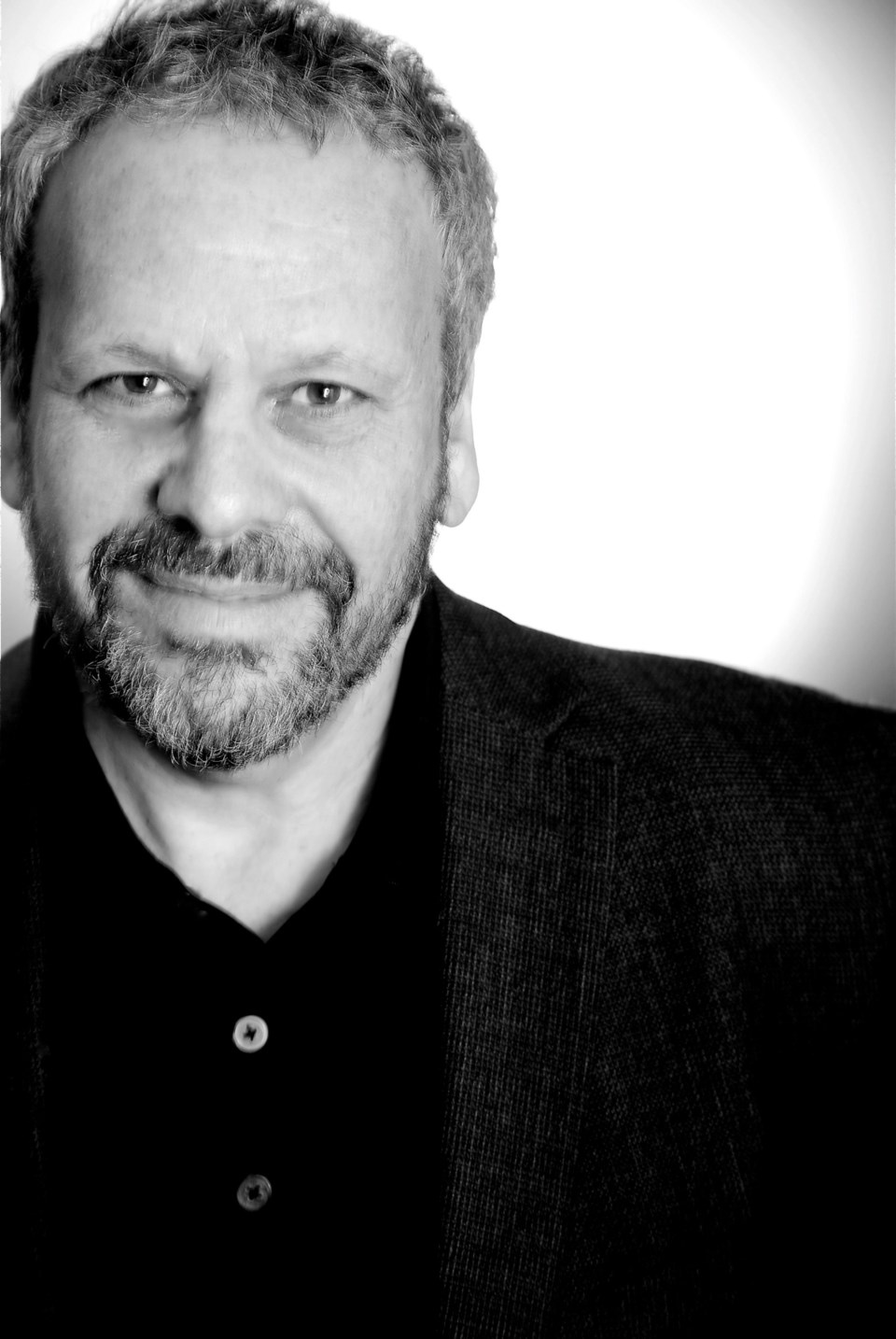When Larry Weinstein set out to make The Devil’s Horn, he says, he never thought of it as a jazz film, though jazz is what its title is most associated with.
Weinstein’s production process became very jazz-like, however. He began improvising to the point his documentary about the saxophone’s dark history took on a life its own. “I went with the wind a little bit. I thought: ‘Let’s see where we can go with this,’ ” said the Toronto-based director, whose film opens at 7 tonight at the Vic Theatre. “Our original film was going to be more expansive, more encyclopedic.”
Although he’s best known for classical-music projects such as Ravel’s Brain, Beethoven’s Hair and Mozartballs, Weinstein’s production repertoire includes his Kurt Weill special September Songs, Mulroney: The Opera, Inside Hana’s Suitcase and Our Man in Tehran.
Based on Michael Segell’s book, the film’s title comes from the notion of the saxophone as a cursed symbol of decadence, evidenced by the misfortune that has befallen many of its users.
The myth evolved from the mishaps experienced by Adolphe Sax, the eccentric 19th-century Belgian inventor and musician who created it 170 years ago.
Sax, whose 200th birthday celebrations in Dinant, his Belgian birthplace, open the film, escaped death several times, including an assassination attempt, went bankrupt and had lip cancer before dying penniless.
His suffering prompted the theory that those who played this supposedly demonic instrument, one that uniquely creates sounds both sexy and sorrowful, were doomed.
The saxophone’s reputation as an instrument of the devil prompted Pope Pius X to denounce it, the Nazis to ban and burn it, and Stalin to imprison musicians who glorified it. The myth was perpetuated when sax icons including Charlie Parker, John Coltrane and Stan Getz battled drug addiction, became involved in crime or were plagued with other unfortunate incidents.
“We had so many examples of all the terrible things that have befallen saxophonists,” said Weinstein, whose film features an abundance of archival footage.
“Something just clicked that maybe I should make this more character-based.”
He credits co-writer and editor David New with inspiring him to abandon his more conventional original concept.
There were plenty of players to choose from, Weinstein was reminded after amassing a huge collection of CDs showcasing the styles of sax greats from Sidney Bechet to Coleman Hawkins.
While doing his research, Weinstein also became fascinated with Violet and Daisy Hilton, conjoined twins who played saxophone during the vaudeville era, but they didn’t make the cut.
Indeed, one of his biggest challenges was having to make those hard choices, some dictated by fate. He had planned to feature his friend Bobby Keys, the Rolling Stones saxophonist who had gone to rehab at the urging of his best friend Keith Richards, for instance.
“I was supposed to film Bobby and Keith on his 71st birthday, the same as Keith’s, but he died two weeks earlier,” Weinstein said.
The colourful subjects he did use fulfilled his desire to demonstrate the stylistic breadth of the instrument also used in gospel, rock and gypsy music.
He found one of his most compelling characters — Giuseppi Logan, a free-jazz giant on the New York scene in the 1960s — after visiting Sam Ash music store in New York during his quest to buy a used saxophone.
It was there Weinstein met Matt Lavelle, a trumpet-playing Logan admirer who had befriended the fallen sax great after Logan’s addictions had rendered him homeless and busking in the Lower East Side’s Tompkins Park.
To Weinstein’s amazement, Logan was the same jazzman whose music he had heard while visiting his daughter, who lived half a block away.
You don’t have to be wild about woodwinds to appreciate how Weinstein’s film, melodramatically narrated by David Fox, interweaves Logan’s story. It’s complemented by the stories and music of legendary tenor-sax player Jimmy Heath; Yuri Yunakov, the most celebrated Roma musician in Communist Bulgaria; evangelical preacher Dr. Vernard Johnson; Montreal-based bass saxophonist and composer Colin Stetson; and Rob Lind, the “dirty rock ’n’ roll saxist” who co-founded punk pioneers the Sonics.
Equally fascinating is Francois Louis, a Brussels-born musical-instrument maker who explains how his years as a motorcycle mechanic influenced his creation of saxophone mouthpieces.
Weinstein, who also took saxophone lessons with fellow filmmaker Bruce McDonald, bought one of Louis’s mouthpieces.
“I assumed when I put it on I would play brilliant, but it doesn’t work that way,” Weinstein said with a laugh.
“I started playing and taught myself so many bad habits. I contorted my face, which you’re not supposed to do.”
Whether you’re a curse believer or not, The Devil’s Horn, in playfully combining its dark past with tongue-in-cheek elements, will make you want to visit your favourite jazz venue.
